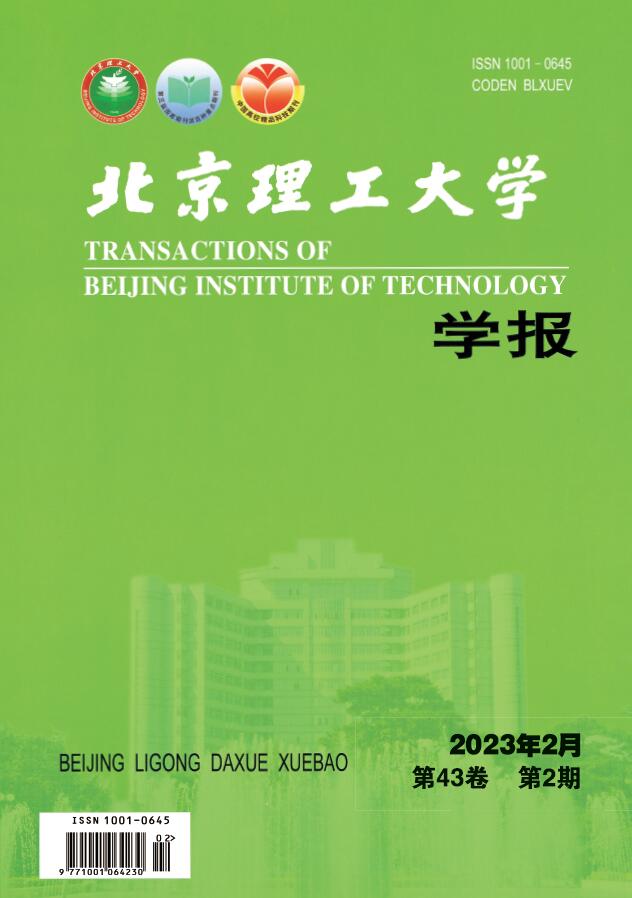2022 Vol. 42, No. 9
Display Method:
2022, 42(9): 881-890.
doi:10.15918/j.tbit1001-0645.2021.191
Abstract:
2022, 42(9): 891-899.
doi:10.15918/j.tbit1001-0645.2021.204
Abstract:
2022, 42(9): 900-908.
doi:10.15918/j.tbit1001-0645.2021.205
Abstract:
2022, 42(9): 909-917.
doi:10.15918/j.tbit1001-0645.2022.103
Abstract:
2022, 42(9): 918-927.
doi:10.15918/j.tbit1001-0645.2022.113
Abstract:
2022, 42(9): 928-934.
doi:10.15918/j.tbit1001-0645.2021.210
Abstract:
2022, 42(9): 935-946.
doi:10.15918/j.tbit1001-0645.2021.216
Abstract:
2022, 42(9): 947-952.
doi:10.15918/j.tbit1001-0645.2021.313
Abstract:
2022, 42(9): 953-960.
doi:10.15918/j.tbit1001-0645.2021.212
Abstract:
2022, 42(9): 961-968.
doi:10.15918/j.tbit1001-0645.2021.217
Abstract:
2022, 42(9): 969-975.
doi:10.15918/j.tbit1001-0645.2021.218
Abstract:
2022, 42(9): 976-982.
doi:10.15918/j.tbit1001-0645.2021.291
Abstract:
2022, 42(9): 983-990.
doi:10.15918/j.tbit1001-0645.2022.051
Abstract:


